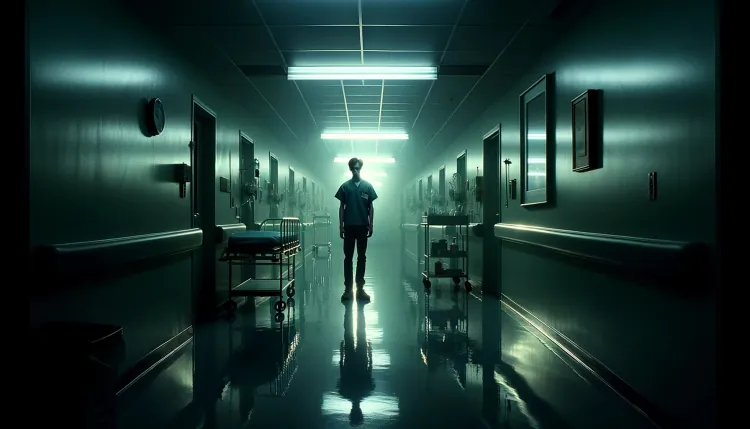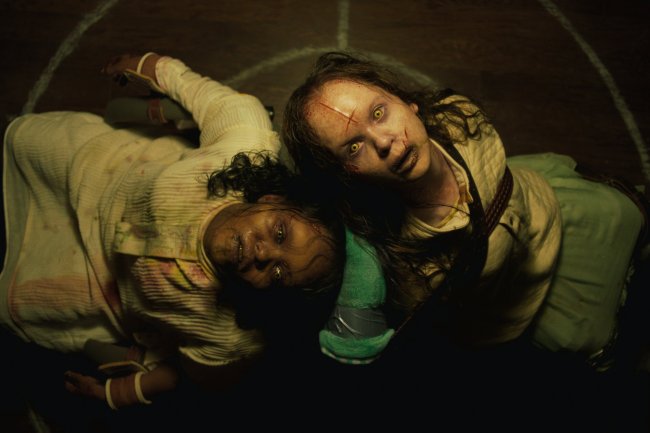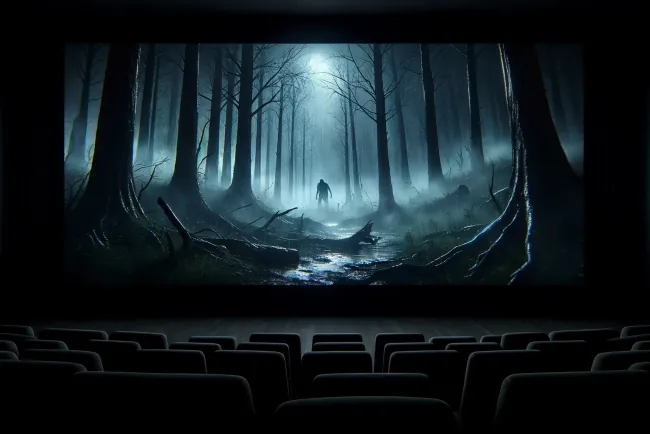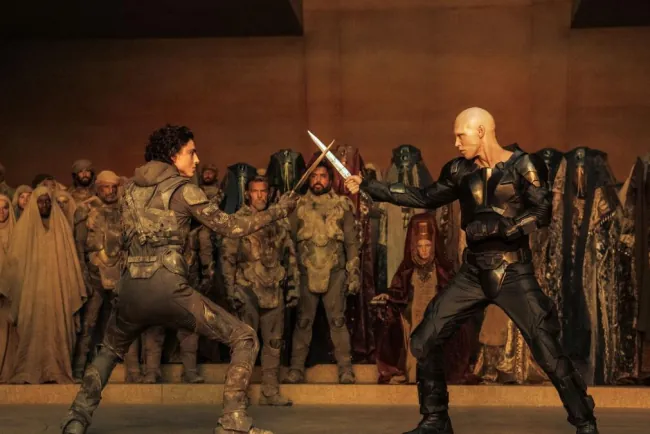The Killing of a Sacred Deer: Yorgos Lanthimos's Dark Exploration of Guilt and Retribution
Yorgos Lanthimos's The Killing of a Sacred Deer, a psychological horror film that delves into themes of guilt, retribution, and morality

The Killing of a Sacred Deer: An Exploration of Guilt and Retribution
Yorgos Lanthimos's The Killing of a Sacred Deer is a horror film that defies conventional categorization, blending psychological thriller elements with dark, mythological undertones. Released in 2017, this film masterfully explores themes of guilt, retribution, and the moral complexities of human behavior, all delivered with Lanthimos's trademark style of deadpan dialogue and disturbing imagery.
Plot Summary: An Unsettling Descent into Retribution
The story centers on Dr. Steven Murphy (Colin Farrell), a successful cardiac surgeon with a seemingly perfect life: a thriving career, a luxurious home, and a loving family consisting of his wife Anna (Nicole Kidman) and their two children, Kim (Raffey Cassidy) and Bob (Sunny Suljic). However, Steven has a mysterious connection to a teenage boy named Martin (Barry Keoghan), whom he meets regularly. Martin's father died under Steven’s care, and as Steven becomes more entangled with Martin, the boy’s behavior grows increasingly strange.
Soon, Steven’s idyllic world begins to crumble as his children suddenly fall ill with a mysterious ailment that leaves them paralyzed. Martin reveals that this is his way of enacting retribution for his father's death. He imposes an ultimatum on Steven: kill a member of his family or watch them all die slowly. Steven is left grappling with an impossible choice, haunted by his past and driven to the brink of despair.
Themes: Guilt, Fate, and Morality
The film draws heavily from Greek mythology, particularly the tale of Iphigenia, where Agamemnon is forced to sacrifice his daughter to appease the goddess Artemis. The Killing of a Sacred Deer uses this allegory to explore how guilt and moral consequences can fester beneath the surface of seemingly ordinary lives. Martin embodies an otherworldly force of fate, systematically dismantling Steven's life while challenging his sense of morality. The film forces viewers to confront uncomfortable questions about justice and responsibility.
Visual Style and Atmosphere
Lanthimos employs a cold, clinical aesthetic to heighten the feeling of dread and inevitability. The film's sterile hospital corridors and the Murphy family's pristine home provide a stark contrast to the moral decay at the heart of the story. Cinematographer Thimios Bakatakis uses wide-angle shots and lingering close-ups to create an unsettling and claustrophobic atmosphere, while the use of classical music adds an air of inevitability and tragedy.
Performances
The film is anchored by its stellar cast. Colin Farrell delivers a nuanced portrayal of Steven, a man trying to maintain control while grappling with the reality of his past mistakes. Nicole Kidman brings a chilling presence as Anna, whose calm composure masks deep turmoil. Barry Keoghan’s performance as Martin is particularly haunting, capturing the character’s eerie, unpredictable nature with unnerving precision.
Conclusion
The Killing of a Sacred Deer is a disturbing and thought-provoking journey into the depths of guilt, fate, and human morality. Yorgos Lanthimos challenges viewers with his unflinching exploration of retribution, delivered through unsettling visuals and a gripping narrative. By merging mythological allegory with a modern setting, he creates a story that lingers long after the credits roll, solidifying the film's place as a contemporary masterpiece of psychological horror.
What's Your Reaction?






















